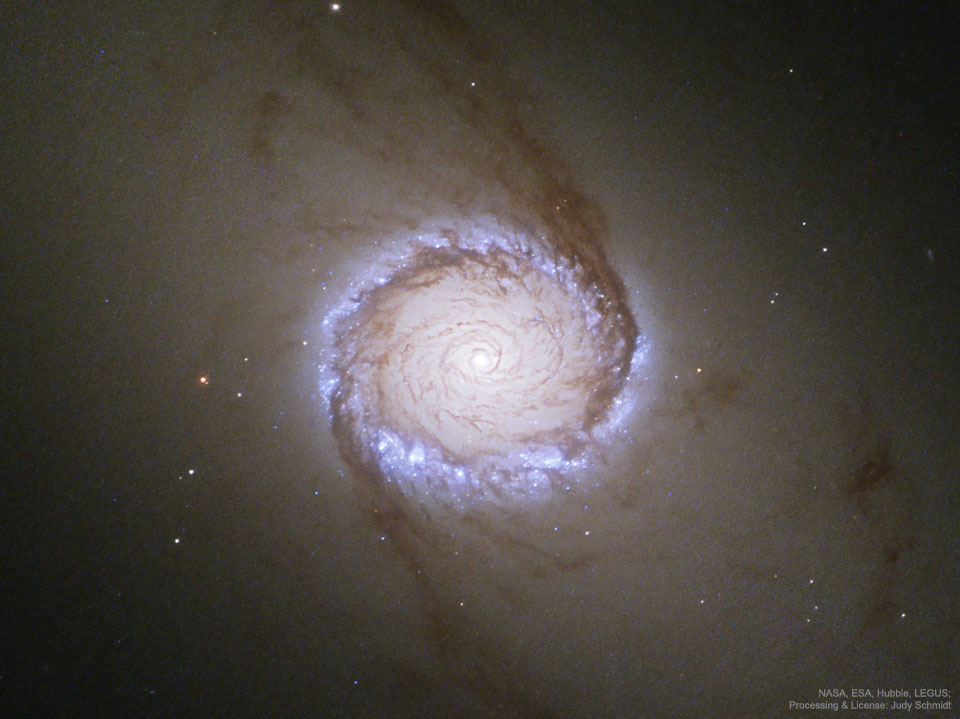For Laura Couto Rosado, a young Swiss designer, CERN is an ideal setting to draw inspiration from science for artistic research and to develop new works of art.
Laura Couto Rosado is the winner of 2017 Arts at CERN’s ‘Collide Pro Helvetia’ prize, which enables artists to spend three months at CERN, to be inspired by scientists and the world of science.
"My practice as a designer is inspired not only by natural phenomena, but also by the study of them, the science that leads to and the technologies that are based on them. I have always used the basic principles of physics to develop hybrid and intriguing design product," says Rosado, describing her work.
Rosado explains that she came to CERN with preconceived ideas for the project she will produce at the end of her residency. Now, one month into her time here, she says: “The knowledge I have acquired through my meetings with physicists exceeds all my expectations. They have driven me to focus my research in a more refined, subtle and creative way. For now, the best way for me to approach my project is to let the physicists express themselves by focusing on their own experiences, sharing their details and personal stories. Although that may be at the risk of losing the nuances of my own ideas."
Collide Pro Helvetia Award is organized by Arts at CERN is part of an on-going partnership with the Swiss Arts Council Pro Helvetia to offer Swiss artists, designers or artistic collectives a residency at CERN to explore the possibilities of the interactive devices and art in connection with scientific research.
You can find out more about Arts at CERN here.
